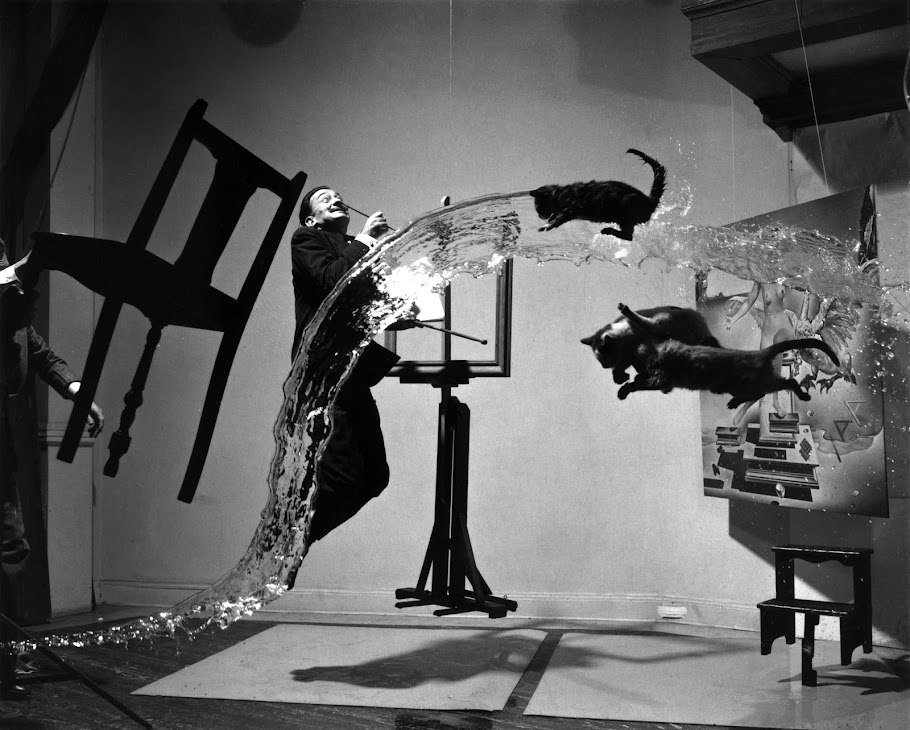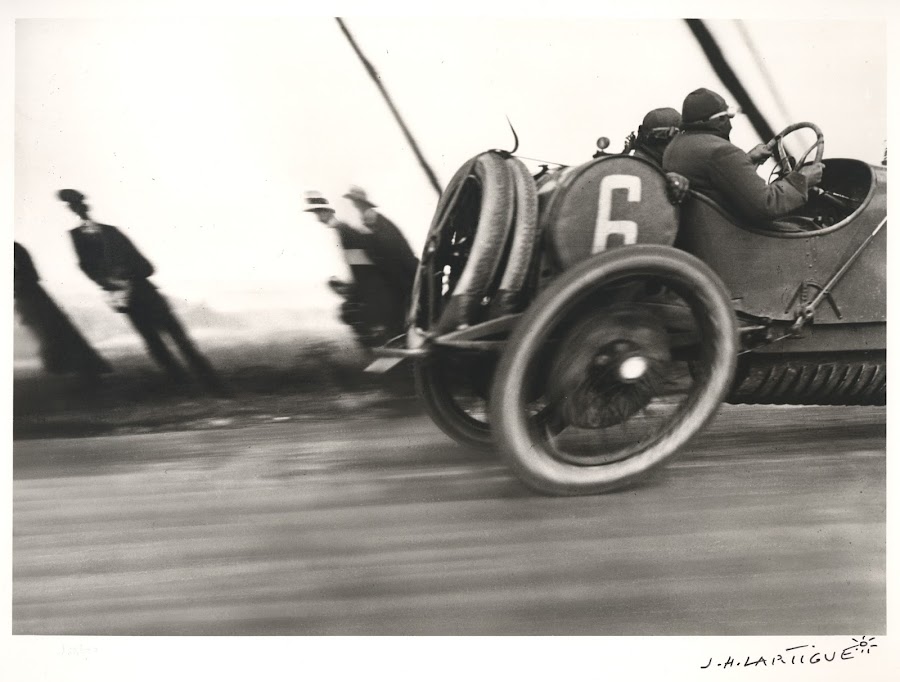In “Assignment 1: Photograph a Reflection” I started taking on the assignments that Harold Davis proposes in Becoming a More Creative Photographer. The second assignment reads as follows:
Your assignment: Pick an everyday object where you live. Make your mind a blank and forget everything you know or associate with the object. Try to see it with new eyes. Find out what is interesting about the mundane object, and create an image based on this interest.

And here we go. Thinking about the assignment took me hours. Taking the shoot above, just a few minutes. I guess that regardless of the photograph, the first thing that stroke me was how unbalanced was the time spent on both parts of the assignment. I decided to not even have the camera with me when I started thinking about the assignment. I am happy now that I did it. I bet I would have taken the probabilistic approach if I have had it with me. I bet I would have shot pictures compulsively and then I would have tried to pick one that fitted the assignment. This was actually and interesting mentality change. I read many times that professional photographers usually have very tight and limited windows to shoot at certain locations trying to beat a deadline. They usually talk about how much planning they have to do ahead to get the image they envision in a race against the clock. For example, check Joe McNally’s video where he deconstructs and hints how much planning ahead for a photo shoot in New Orleans.
The main difficulty of the exercise, for me, was to pick a common object. As you can guess there are tones of them around, which one should I pick? Why should I pick that one and not another. Eventually, I decided to stop thinking about it, and just took a deep breath and picked the first one that came to mind. A red mug. That’s it. A red Seattle’s Best Coffee mug. OK. Who am I to not follow the rules of the assignments. Also the red mug plays nice with the red notebook I use to scribble the ideas for the assignments. So I got down the path of combining the red mug and the red notebook. I could even poorly sketch a mug on my notebook.
Also, the mug is tactile, but it feels way on the other side of the spectrum of the notebook soft red skin. A contrast and duality that expands, contrasts and defines both. Warm and cold, isolating and social, inviting and rejecting, exciting and relaxing, new and old, usable and relegating, personally unique and impersonally factory produced, comfortable touch and finger pain, quick thought and deep reflection, locally made and far away imported, curved and frameless, possibilities and missed paths, heart warming and mind damaging, approachable and impersonal, future certainty and daily scramble, round knob and tall order.
All open interpretations of a daily object with no meaning. Open container where we pour our own meaning, anxieties, and hopes. Framing it, transforming it, redefining it at every moment, into something we conquer by owning the illusionary meaning of the common object.
Having all these set, I had an approximate idea of the image I wanted to produce. The mug, the notebook, and the sketch of the mug. How long did it took me to take the picture. Two minutes plus 5 more for a quick retouch and upload. I only shot ten frames with different relative arrangements between the objects, and angles trying to use the natural light in different ways. From the ten frames, three stood up, and only one survived the post processing. The picture is unlikely a head turner, but for me it was. It showed me another path to photography, the one where you take pictures in your head and then at the end of the process you get your camera out and just materialize that elusive flickering image, even if it is just a picture of a common object.


